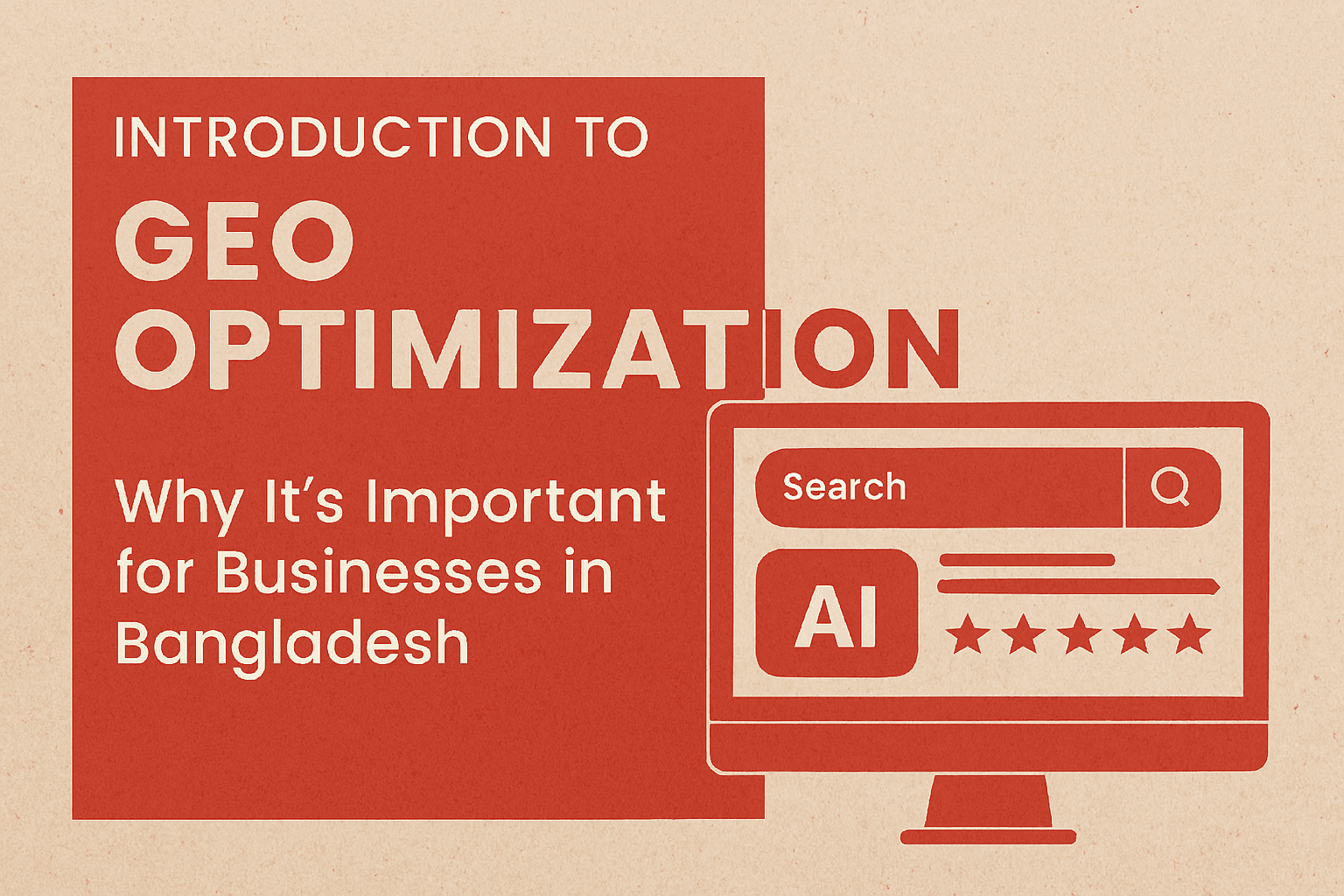
What Is a GTM (Go-To-Market Strategy) Explained
What Is a GTM: -
A go-to-market (GTM) strategy is a comprehensive plan businesses use to bring a new product or service to market. Designed to mitigate the risk inherent in the introduction of a new product, a typical GTM strategy includes target market profiles, a marketing plan, and a concrete sales and distribution strategy.
Creating a go-to-market strategy is as important for established companies as it is for brand new entrepreneurial endeavors. In this article, you will learn more about the purpose of GTM strategies, encounter examples of them in action, and find out how to create one yourself. To build skills in bringing business ideas to life, consider enrolling in the Innovation: From Creativity to Entrepreneurship Specialization, from the University of Illinois.
Go-to-market strategy: purpose
Businesses prepare GTM strategies to minimize risk and optimize potential success when introducing a new product to market.
There are many risks when entering a new marketplace or launching a new product. The late advertising executive and consultant Jack Trout, for instance, once famously noted that American families have 85 percent of their needs covered by the same 150 items they purchase over and over again [1]. Whether that statistic is true or not doesn’t matter as much as the truth it highlights: entering the average consumer’s rotation of products is challenging and competition is high.
Go-to-market strategies anticipate the challenges of this competitive space by thoroughly identifying the target market, articulating the product’s value proposition, crafting a marketing plan, and developing a strategy for its sales and distribution channels. Some of the most common benefits of compiling an effective GTM strategy include:
Gaining a comprehensive understanding of the marketplace, the target market, and the proposed product’s place in it.
Keeping marketing costs down by identifying promotional channels with the highest return on investment (ROI).
Troubleshooting product positioning and messaging before going to market.
Concretely defining the logistics of distribution and sales channels before launch to ensure maximum market impact.
Go-to-market strategy: benefits
In addition to helping you launch a product successfully, compiling an effective GTM strategy can benefit your business in several ways, including:
Clarifying the business mission
Creating any sort of business strategy, including a GTM strategy, is a great opportunity to review your organization’s mission and make sure your product efforts are in alignment. Why does this organization exist? What will it achieve for its employees and customers? What values drive this mission? How do new products support this mission?
Understanding the market
Compiling a GTM strategy involves gaining a comprehensive understanding of the marketplace, the target market, your competitors, and the proposed product’s place in it. With more insight into customers and the market conditions, your organization will have more tools to thrive in all areas of business, from product launches to introducing a new brand identity to the world.
Reducing costs
With a solid GTM strategy, you can keep marketing costs down by identifying promotional channels with the highest return on investment (ROI) and developing marketing messaging and content that will resonate with your target market.
Reducing time to market
GTM strategies also help you launch products more quickly in the following ways:
Prioritizing tasks that are essential for a product to enter the market
Troubleshooting product positioning and messaging before going to market
Concretely defining the logistics of distribution and sales channels before launch to ensure maximum market impact
Depending on the kind of product you are launching, you might consider the minimum viable product (MVP) approach: making sure the product has enough features to attract early adopters, validating the product, and learning what product updates or improvements could improve customer experience.
Building more brand awareness
With the launch and promotion of a new product, you have an opportunity to bring more attention to your brand as a whole, and even attract new niche markets, thereby expanding your customer base.
Increasing growth potential
Overall, a GTM strategy, when skillfully executed, can increase your organization’s growth potential. With access to new niche markets, organized market data, and an efficient process for launching products, you can seize growth opportunities more easily than without a GTM strategy.
GTM vs. marketing strategy vs. marketing plan
Although they have similarities, a go-to-market strategy, marketing strategy, and marketing plan are not the same thing.
A marketing strategy is a long-term strategy (often many years in the future) that outlines a business’s overall marketing objectives.
A marketing plan, meanwhile, is an action plan outlining the concrete steps required to undertake a marketing campaign.
A go-to-market strategy, finally, is a strategic outline of the concrete steps and considerations required to bring a new product to the marketplace.
Got the answer of What is GTM
While a GTM can include a marketing plan and be directed by a marketing strategy, neither a marketing plan nor a marketing strategy includes a concrete GTM strategy.
Learn more from Jarin Tech Blog posts.






